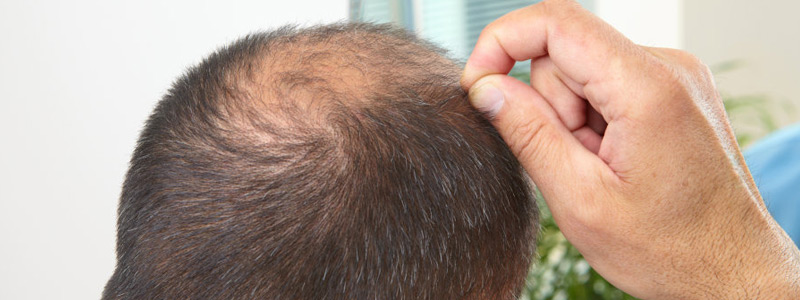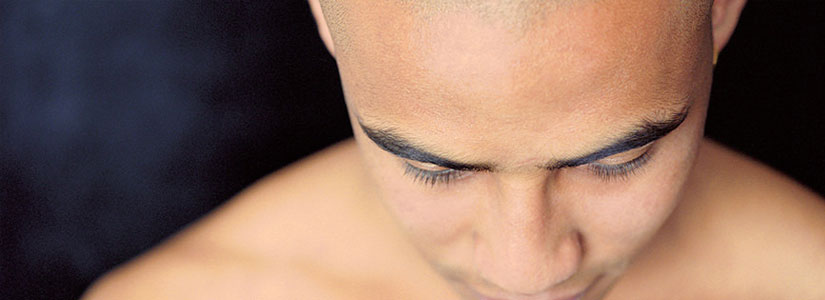Latest Hair Loss Treatment in Dubai
February 28, 2013

One unfortunate condition that normally occurs after a hair transplant is known as a shock loss. Most of the times this is a temporary condition where native hairs are “shocked” due to the trauma of the scalp during surgery, creating an additional but temporary hair loss condition. People usually panic when their hair starts shedding after a hair transplant as they are expecting complete opposite results.
However, a shock loss is normal and most patients experience it so it is nothing to worry about. A shock loss can be very unpredictable, it can happen from anywhere between 6 weeks to 3 and a half months after your hair transplant surgery. It can be quite unsettling to see yourself balding even more after hair restoration but this newly shed hair should begin to grow by the 4th month after your surgery. Keep in mind that it will take a period of months more before the hair growth results in a noticeable change.
Although waiting is difficult- you should be patient as good results are on the horizon. There are two forms of shock loss, temporary and permanent. Permanent shock loss, though rare, can occur in the following ways:
Temporary shock loss is more common and unpredictable and varies from person to person. There is no understood reason as to why some patients experience it drastically and others do not. Temporary shock loss occurs due to scalp trauma from surgery but within some months, the hair grows back. A shock loss can be minimized if the doctor uses ultra refined follicular unit transplantation; the incisions he makes are very small and refined as to cause the least trauma to the scalp. Placing fewer hairs instead of a dense packing can also minimize shock loss to the existing area also, the use of Finasteride can minimize the risk of shock loss.
Your hair loss after hair transplant surgery is most probably due to shock loss however if it extends a 5-month period you should visit your surgeon to find out the cause.
You can talk more about this matter by contacting our specialists sitting at Hair Transplant Dubai. You just have to fill out the free consultation form that is given below.
Dr. Cagatay Sezgin is a celebrity hair transplant surgeon with over 20 years of experience in hair transplantation and restoration. He is the First Turkish Board Surgeon to become a member of the International Society of Hair Restoration Surgery (ISHRS) and the Asian Association of Hair Transplant Surgeons (AAHRS). Moreover, he has the honor of becoming the first hair transplant surgeon in the world to perform hair, eyebrow, and beard transplantation all in one case and that too in a single session.

February 28, 2013

March 6, 2013

February 27, 2018